Rydges North Sydney
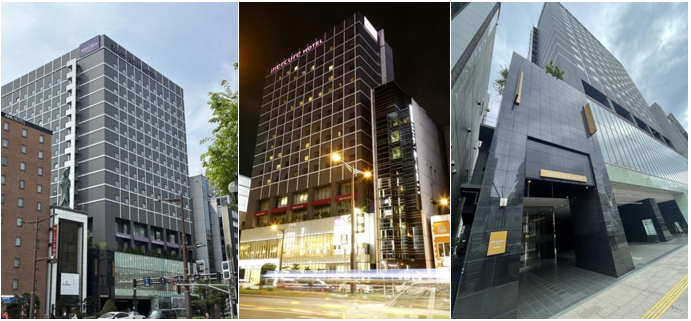
Address: 54 McLaren Street, North Sydney NSW 2060
| Booking Method | Booking Link
1. Select Rydges North Sydney, enter your required dates* and number of guests staying and click ‘GO’ |
Sydney, Australia
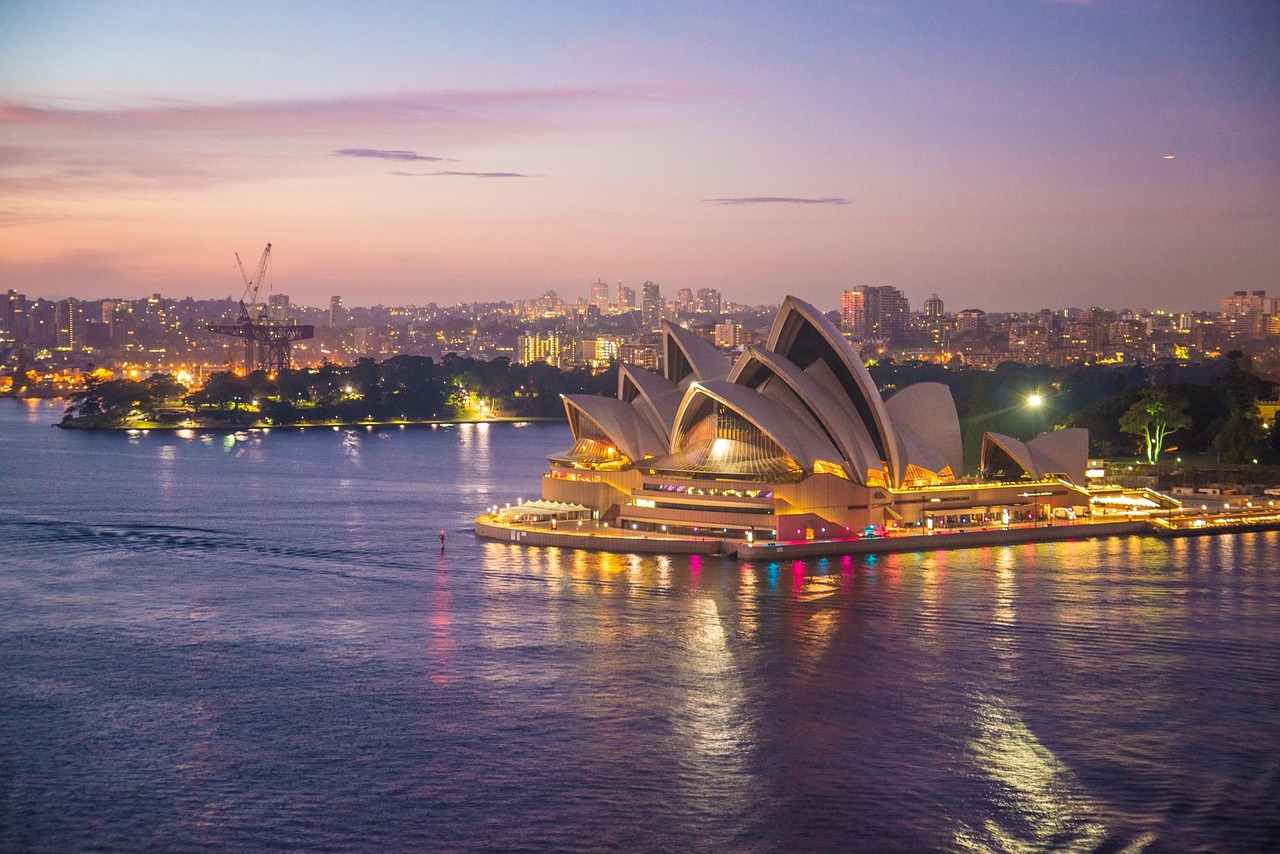
10th International Conference on Artificial Intelligence, Automation and Control Technologies (AIACT 2026) will be held in Sydney, Australia from February 2 to 6, 2026.
Sydney Opera House
The Sydney Opera House is a large comprehensive cultural and artistic performance center in the city of Sydney, Australia, known for its unique architectural image. It is built on a stretch of land that extends into the sea within Sydney Harbour, facing water to the east, west, and north, and facing the Royal Botanical Garden to the south.
The total construction area of the Sydney Opera House is approximately 88258 square meters, including a large music hall with 2690 seats, an opera hall with 1547 seats, a theater with a capacity of over 500 people, and a small music hall. In addition, there is also a rehearsal hall, reception hall, exhibition hall, recording hall, drama library, and various ancillary rooms, totaling over 900 rooms, which can accommodate more than 6000 people for activities. The exterior of the Sydney Opera House consists of three sets of huge shells, standing on a foundation of a cast-in-place reinforced concrete structure that is 186 meters long from north to south and 97 meters wide from east to west.
Sydney Tower
The Sydney Tower or AMP Tower is the tallest building in the central business district of Sydney, with a height of 305 meters. Located on Market Street between Hyde Park and Queen Victoria Building in Sydney, Australia, it is the best viewing point for a panoramic view of the city center. The Sydney Tower was first built in 1968 and opened to the public in August 1981.
Sydney Harbour Bridge
The Sydney Harbour Bridge is a single arch bridge, once known as the world's first single arch bridge, and is a representative building of early Sydney. This bridge was designed from 1857 to completion in 1932 and is an important bridge connecting the north and south sides of the port.
In 1924, the foundation of the Sydney Harbour Bridge was excavated and constructed. It was completed and opened to traffic on March 19, 1932, lasting more than 8 years. The total amount of steel used in the entire project of this bridge is 52800 tons, with 6 million rivets. The maximum weight of rivets is 3.5 kilograms, with 95000 cubic meters of cement, 17000 cubic meters of granite used for the bridge tower and piers, and 272000 liters of paint used for bridge construction. These numbers fully demonstrate the grandeur of the iron bridge project. Under the conditions of the 1930s, it was rare to be able to build bridges in the air over the sea.
 |
 |
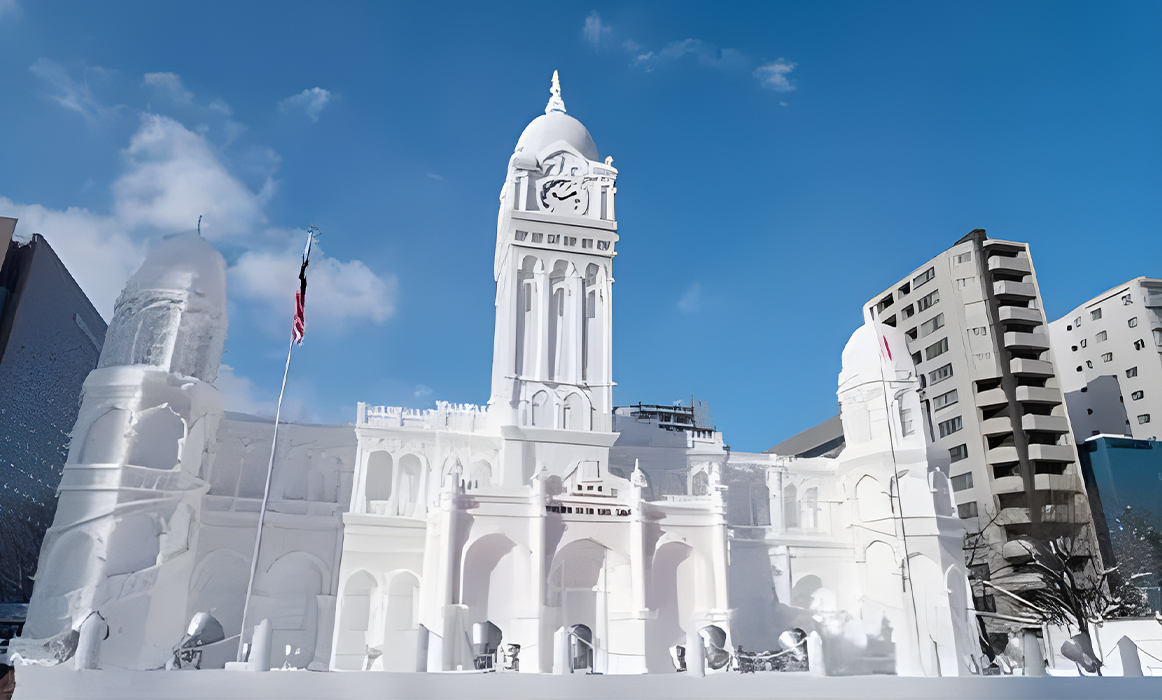 |
|
|
|
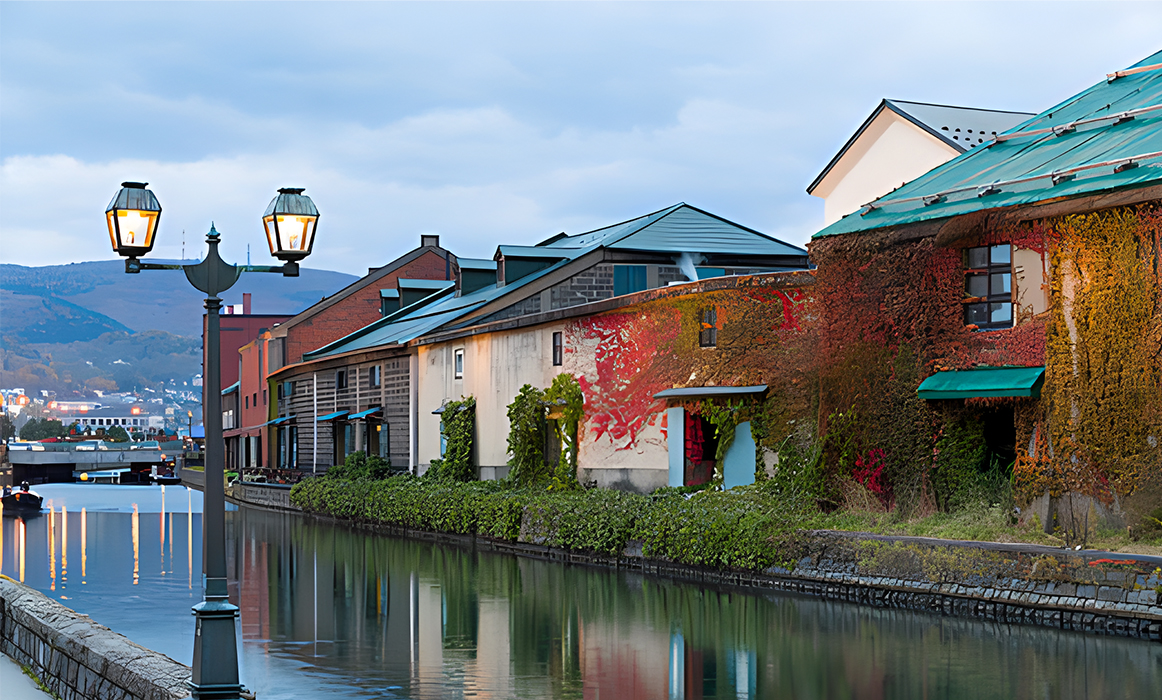 |
 |
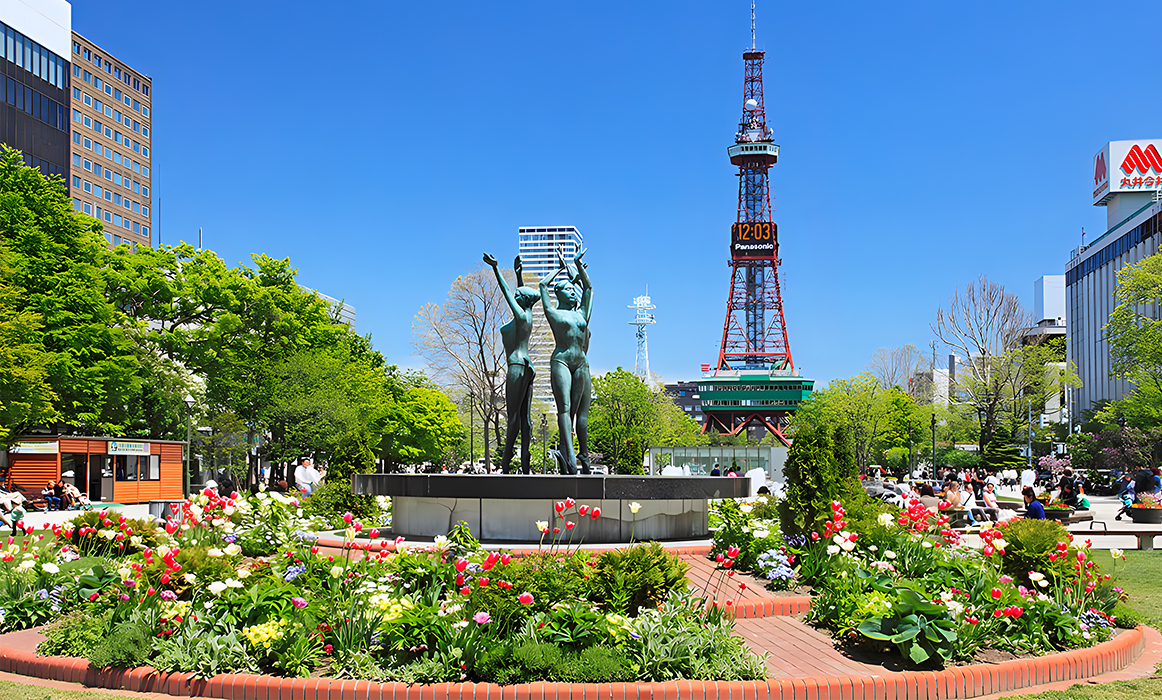 |